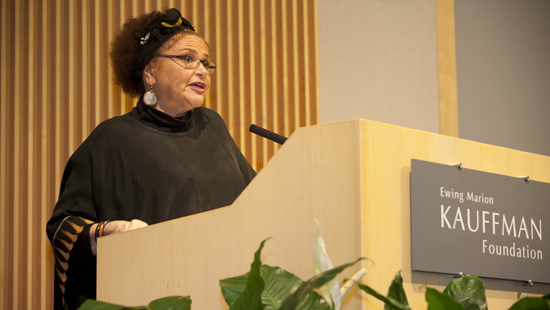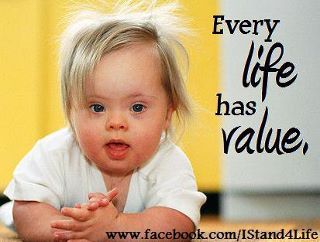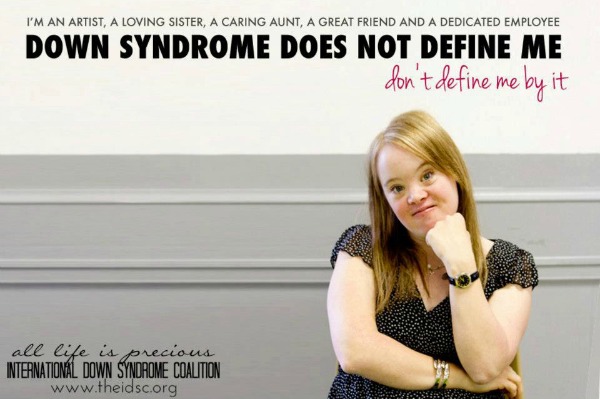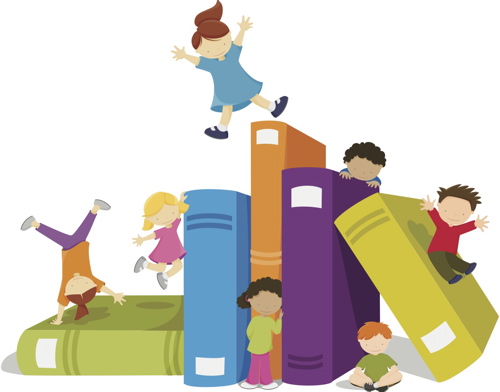and she talked about moving from
 My first session was definitely my favorite because it included a hands on portion which is the best way I learn. She talked about how in science art was needed to help collect data and display the data and that is why art should be included in STEM. When she went to the fifth grade classroom she had her students make roller coasters with foam, tape and a marble and it helped convey the ideas of gravity and inertia. In the journals they kept they had to draw the model of their roller coaster and talk about how it worked. To help us learn more about it we got to do the project ourselves. Mike and I were in the same presentation so we worked together to build a roller coaster. We went through the thought process of how to make the marble go through a loop, and Mike suggested that we tape the foam to the wall which would create a steep first drop. After many trials we got the marble to go through one loop curve off of the table and finish by going through another loop.
My first session was definitely my favorite because it included a hands on portion which is the best way I learn. She talked about how in science art was needed to help collect data and display the data and that is why art should be included in STEM. When she went to the fifth grade classroom she had her students make roller coasters with foam, tape and a marble and it helped convey the ideas of gravity and inertia. In the journals they kept they had to draw the model of their roller coaster and talk about how it worked. To help us learn more about it we got to do the project ourselves. Mike and I were in the same presentation so we worked together to build a roller coaster. We went through the thought process of how to make the marble go through a loop, and Mike suggested that we tape the foam to the wall which would create a steep first drop. After many trials we got the marble to go through one loop curve off of the table and finish by going through another loop. This is exactly what learning should look like, doing the experiment first hand and being able to witness objects in motion.
 The second session wasn't as active but while the speakers were talking they said something that automatically made me say SAFE SPACES! I learned that although both boys and girls perform at comparable levels in math and science, men are still dominating STEM jobs even though more women are graduation. One quote that really stood out to me was "If they [a woman] went into a job career, they'd have to work harder than a man just to be considered." It is insane that even if a girl is much smarter, she will have work much harder than a man would have to. The part that connected to Safe Spaces was "What can educators do?" We need to bring in STEM role models for students and build confidence in the students. "Girls and all children need to see the classroom as a safe space for learning." This is Safe Spaces. If the students don't feel comfortable or safe they may back out of a potential future job in STEM because they didn't feel confident in the classroom. There were young girls who had thought about going into the STEM field but backed out because they did feel comfortable in past classrooms. As a student they need to recognize mistakes and learn from them, but as teachers it is all about being the cheerleaders. We need to praise them for doing things right, and praise them for their effort even if they are wrong. The best way to help students feel more comfortable is to allow them to work in small groups. By achieving all of this, it can help include more girls into the STEM field.
The second session wasn't as active but while the speakers were talking they said something that automatically made me say SAFE SPACES! I learned that although both boys and girls perform at comparable levels in math and science, men are still dominating STEM jobs even though more women are graduation. One quote that really stood out to me was "If they [a woman] went into a job career, they'd have to work harder than a man just to be considered." It is insane that even if a girl is much smarter, she will have work much harder than a man would have to. The part that connected to Safe Spaces was "What can educators do?" We need to bring in STEM role models for students and build confidence in the students. "Girls and all children need to see the classroom as a safe space for learning." This is Safe Spaces. If the students don't feel comfortable or safe they may back out of a potential future job in STEM because they didn't feel confident in the classroom. There were young girls who had thought about going into the STEM field but backed out because they did feel comfortable in past classrooms. As a student they need to recognize mistakes and learn from them, but as teachers it is all about being the cheerleaders. We need to praise them for doing things right, and praise them for their effort even if they are wrong. The best way to help students feel more comfortable is to allow them to work in small groups. By achieving all of this, it can help include more girls into the STEM field.The promising practices event really helped me learn about the kind of teacher I want to be, especially one in the STEM field. In this link is a video about how to encourage girls to work in the STEM field.
















